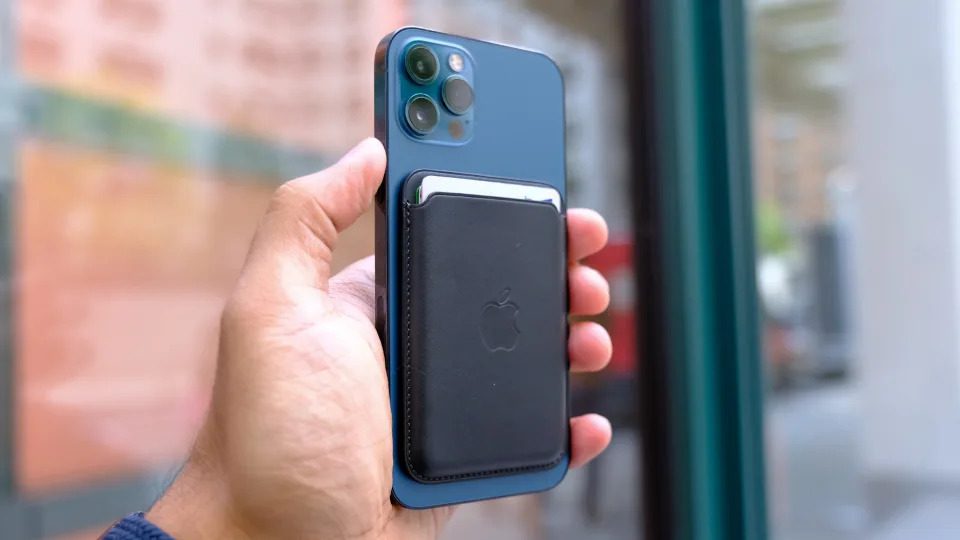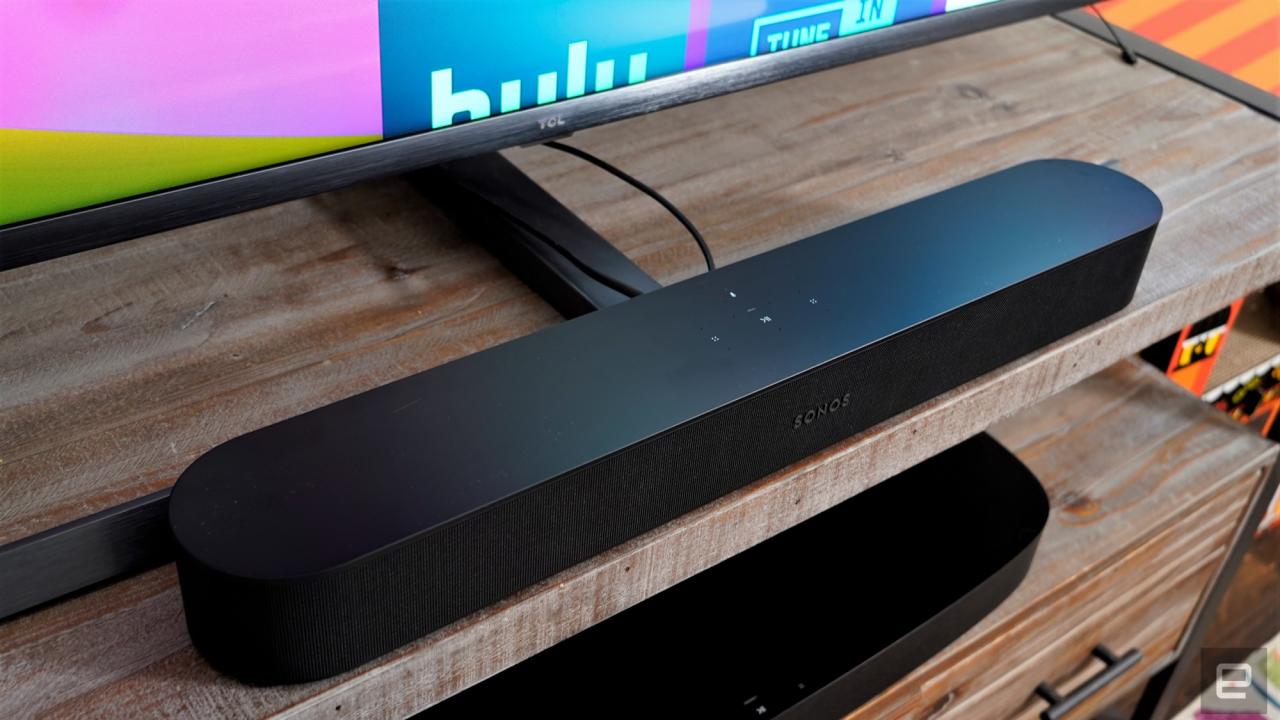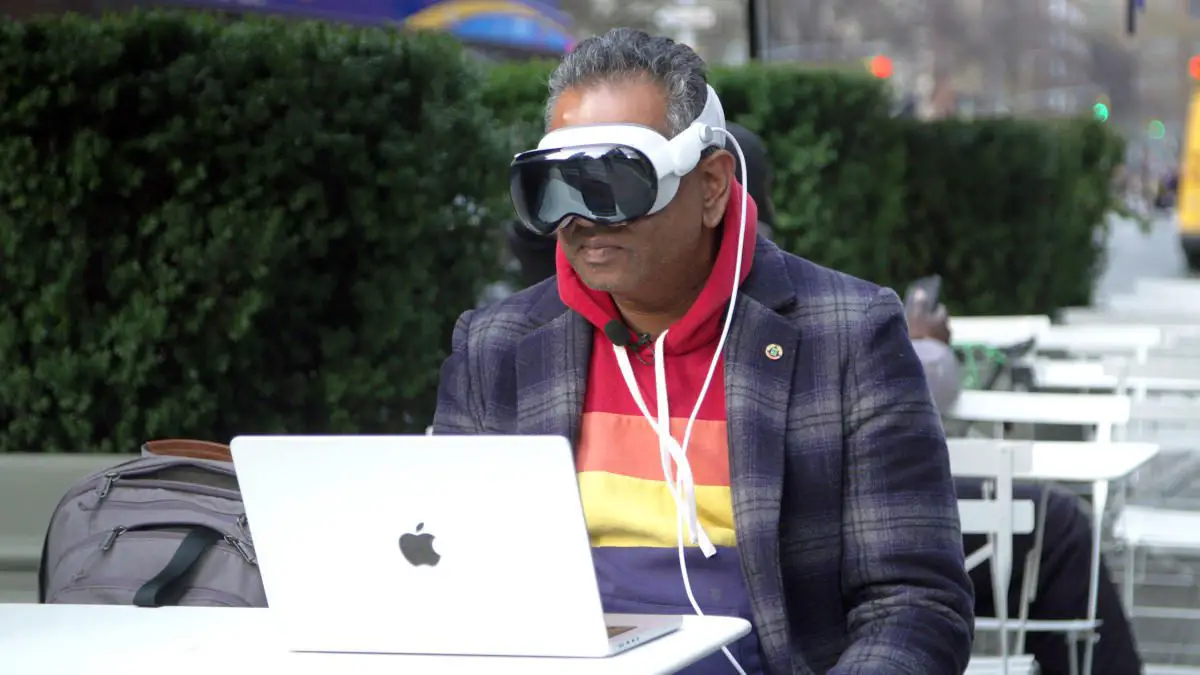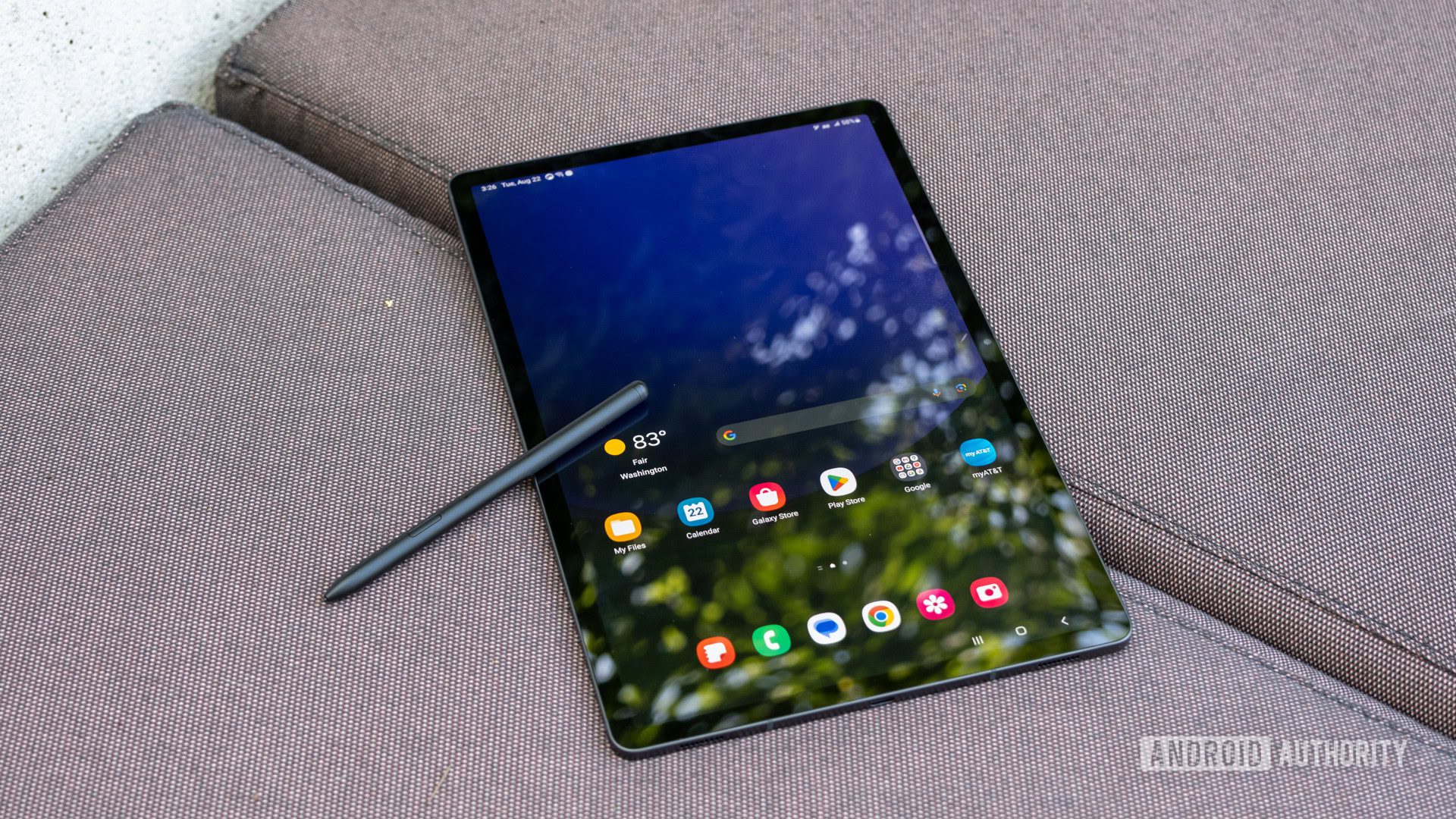Apple iPhone 12 can now charge wirelessly at 15W with non-MagSafe chargers
With the launch of the iPhone 12, Apple doubled the wireless charging power to 15 watts, but there was a problem: Only Apple-branded MagSafe chargers worked at full power. Now users are getting a surprise update. The latest version of iOS 17.4 now allows third-party Qi2 chargers to also charge at the maximum power rating […]

With the launch of the iPhone 12, Apple doubled the wireless charging power to 15 watts, but there was a problem: Only Apple-branded MagSafe chargers worked at full power. Now users are getting a surprise update. The latest version of iOS 17.4 now allows third-party Qi2 chargers to also charge at the maximum power rating of 15 watts, MacWorld reported.
Apple introduced support for 15-watt Qi2 wireless charging for the iPhone 13 and 14 with iOS 17.2, and the iPhone 15 supported the standard out of the box. In fact, it is based on Apple’s MagSafe technology, with Apple being a “directing member” and chairman of the board of directors of the Wireless Power Consortium (WPC).
However, when the iPhone 12 arrived in October 2020, Qi2 did not exist and WPC’s original Qi standard was limited to 7.5 watts. Since the iPhone 12 used MagSafe, it was apparently capable of supporting Qi2 and its higher maximum charging capacity.
Apple has not yet officially commented on this change. However, Macmonde tested the iPhone 12 with Qi2 devices and found that they match the charging speeds of official MagSafe chargers.
Charger maker Belkin also said its Qi2 chargers “are fully certified to provide up to 15 watts of fast wireless charging to devices equipped with the Qi2 adapter,” while referring any further questions to Apple. With this change, all MagSafe iPhones now support Qi2 charging.
Apple’s decision to support Qi2 with its iPhone lineup came as a surprise, given that it tends to favor in-house proprietary solutions. This may have been done to fend off regulators, as the EU had already forced it to move to USB-C charging to avoid wasting multiple standards.














